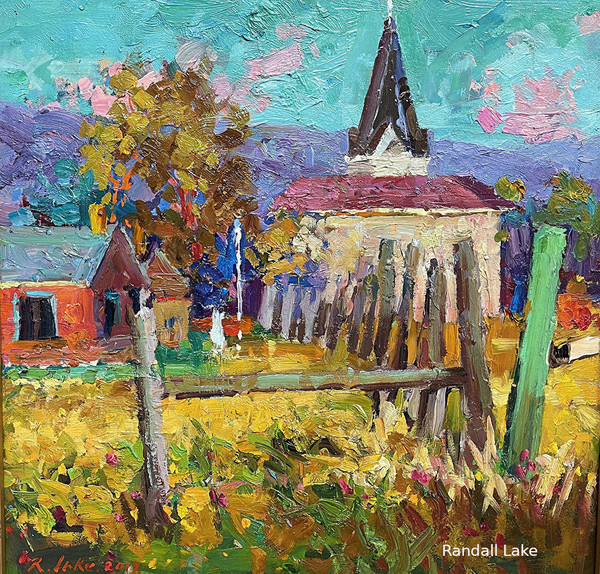Dublin Core
Title
Description
Utah's state motto is “industry,” a word that may not necessarily bring to mind images of Shakespearean actors or landscape painters. However, artists and cultural sector workers fuel Utah’s economy and boost tourism, giving many small towns a path forward amidst economic change and uncertainty.
Utah has a long history of loving the arts. As early as 1899, the Utah Legislature created the statewide annual art exhibition to promote and collect work from Utah artists. This program was bolstered by the desire for public artworks under the Depression-era New Deal and World War II funds, which led to the creation of murals in public buildings. Even now, the state boosts Utah’s cultural scene by collecting art and supporting individual creators.
In rural Utah, museums, galleries, artist studios -- even coffee shops -- cultivate a strong sense of creative community. In some towns, art has been a means toward historic preservation, such as Ephraim's Relief Society Granary building, which was saved by a group of artists in the 1990s and turned into an art gallery, the legacy of which survives today in the same building. Other rural arts enterprises were started because of an influx of outsiders. Cedar City's Utah Shakespeare Festival, for example, was founded in the early 1960s in response to an increase in visitors to the area’s National Parks. Investing in the arts was a boon to tourism and a way to connect the local community to the world of literature and theater.
Even amidst great change and challenges, arts are a core part of community and work in rural Utah. In one of the state’s fastest growing regions, Washington County, 5.8% of jobs are in the cultural sector. And while the COVID-19 pandemic devastated Utah’s creative industry, the sector continued to generate nearly $348 million in tax revenue after 2020.
Today, Utah is fourth in the nation for employment in the cultural sector, with over 1.6 million jobs in or related to the industry. From music and theater to literature and visual arts, Utah is a national leader when it comes to the business of creativity.
Creator
Source
_______________
See Utah Arts & Museums Timeline, accessed March 2024; Katija Stjepovic, “Utah arts and cultural jobs are surging after COVID pandemic,” Feb 7, 2023, KSL.com, accessed March 2024; Rhonda Lauritzen, “History of the Ephraim Relief Society Granary,” Granary Arts, accessed April 2024; “Festival History: Beginnings of the Dream,” Utah Shakespeare Festival, accessed April 2024; Palak Jayswal, “The movie business is booming in Utah and other takeaways from a new culture industry report,” Feb. 2, 2024, Salt Lake Tribune, accessed March 2024; Kem Gardner Institute, “An Economic Summary of Utah’s Cultural Industry,” February 2023, accessed March 2024; Kem Gardner Institute, “Washington County Cultural Industry Profile,” March 2022, accessed March 2024; Kem Gardner Institute, “An Economic Summary of Utah’s Cultural Industry,” February 2024, accessed March 2024.

